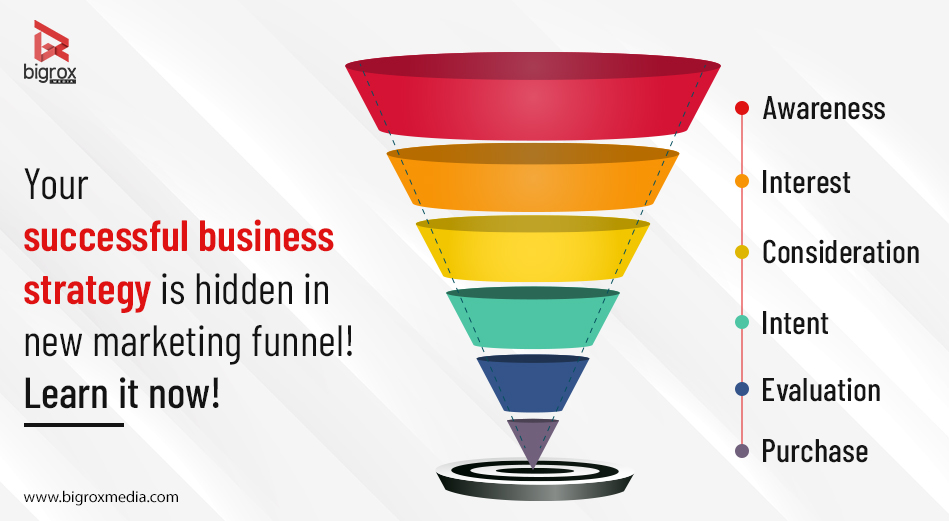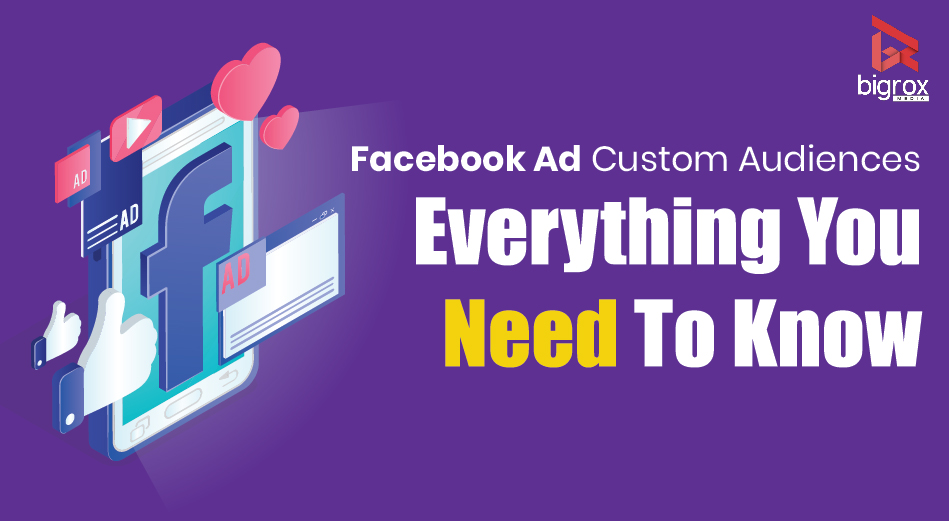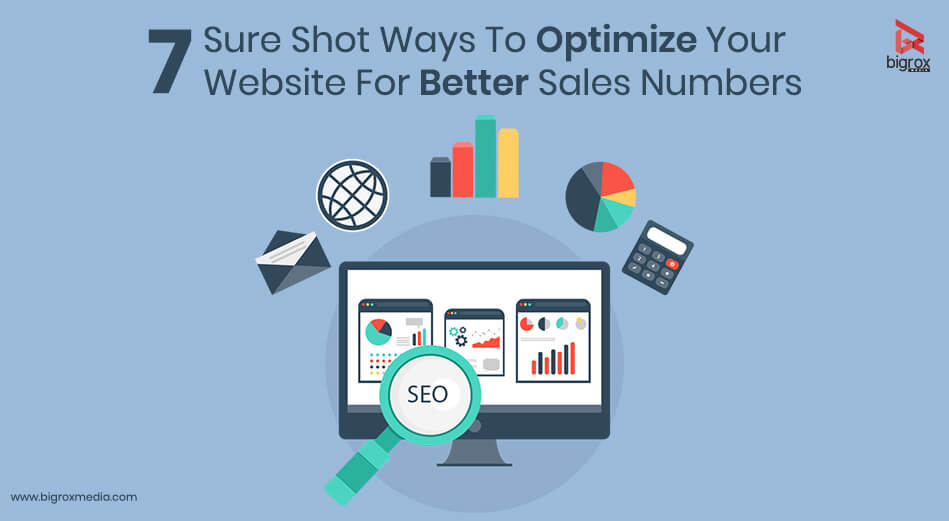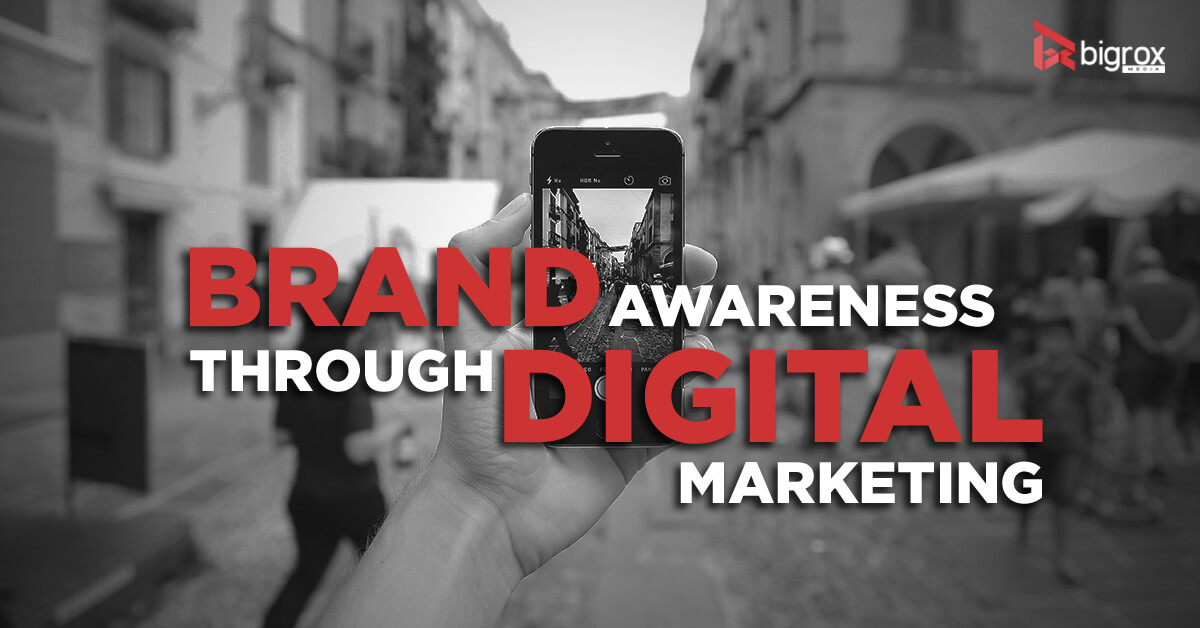If there’s one thing that marketing researchers and experts are eternally concerned with, it is how consumers react and respond to the various trends being implemented at any given point in time. Visual display marketing is no different.
Digital signages are slowly but surely entering our day-to-day lives and will be here to stay in the years to come. In fact, it is projected that digital out-of-home advertising will potentially hold the same, if not higher, degree of outreach as today’s smartphones. In order to better understand this trend, let’s take a look at some of the key factors that drive consumer interaction with digital signage advertising.
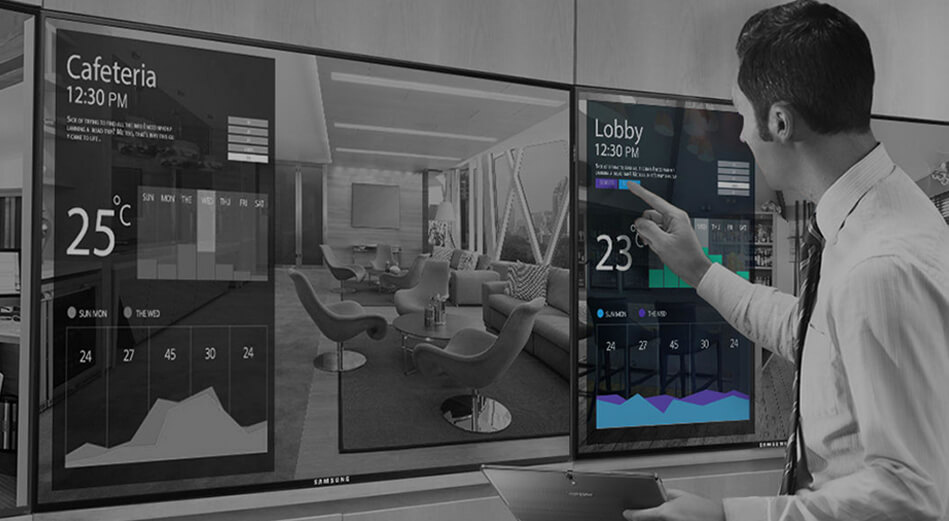
Placement Tactics That Influence Consumer Behaviour
The whole point of marketing a product is to make it visible to the consumer. If they see it, they want to buy it. Simple. But in order for them to see it, it must be tactfully placed in such a way that it forms an impression without being too in-your-face.
Ideally, digital signage should be easily visible to have a greater impact. That could either mean placing the display at eye-level or above the crowd level so that it is visible from a distance. Or it could mean placing it in positions that receive high footfall. Or it could even mean placing it such that it is the very first thing your eyes fall on as soon as you enter a room. If scheduling of promotions on the digital advertising signage is handled smartly, you can capitalize on rush hour timings and perhaps even reach target audience.
In a retail outlet, for example, displays may be placed around the shop or alongside billing counters. Customers waiting in line to have their items billed then have the opportunity to do something during this waiting period. And what is it that they do? They look up a range of products and services of their interest thanks to your interactive display. There’s a good chance they may even make a last minute purchase or two!
Visual Aesthetics Matter To Customers
At a very fundamental level, branding is all about the visual experience. Both colour psychology and emotionally intelligent content play a major role in how consumers react to visual marketing. How a product is displayed eventually determines how the consumer responds to it. Strategic use of visual effects can boost higher sales. Shoppers only need one look at digital media content to make up their mind about it, and 90% of them will subconsciously judge a display purely by its colour presentation.
Feature-rich experiences are the key to a well defined digital signage display screen. The signage could include any number of display screens but they all must necessarily maintain uniformity of theme and clarity of sight. A digital display that provides its customers navigational directions, for example, can be elaborately set up. However, if the interface is too over-the-top flashy with too many graphics, there is a high probability the customer will be left thoroughly confused, thus failing the system altogether.
Interactive Screens Tend To Capture Attention
All consumers are, at their core, not very different from small children. Give them a toy to play with and they’ll be consumed by it for the rest of the day. Digital advertising has a similar impact on consumers across age groups. The more interactive it is, the more they will want to interact with the display.
Interactive digital advertising signage could be as simple as incorporating a touchscreen menu to browse through products. Or it could be as elaborate as a car retailer setting up a visual design studio wherein customers can visualize car purchases by customizing the roof or wheels or paint job of their model and see the results on screen.
It’s not just about touchscreen interaction. Incorporating softwares and sensors that build upon customer trust are equally important in implementation. Facial recognition softwares and the use of bluetooth technology can go a long way in establishing customer loyalty to the brand simply on the basis of their interaction with the display screen.
Content Should Be Client Specific
Relevance is everything. Research conducted by Kinetic Panel on how consumers respond to digital advertising brought up some interesting behavioural traits based on consumer demographics. Research participants within the 18-34 year old bracket expressed interest in downloading travel information, special deals, eateries and attractions, apps and games, films and tv shows, and music from a digital signage board. The older lot on the other hand were more interested in weather updates, location specific information, transport updates, navigation solutions, and local events happening around them.
Interestingly, the research also identified the potential of direct retail through digital signage in the future. Amongst respondents, 1 out of every 10 participants said they would be likely to shop directly from a digital screen.
Making the most out of your digital out-of-home advertising is simply a matter of good planning and strategic marketing. The best thing about it is that digital signage can be incorporated by all kinds of businesses across the spectrum, with the added advantage of customizing digital interfaces on the basis of what your brand has to offer. There’s no denying that this, right here, is the future of digital marketing.

